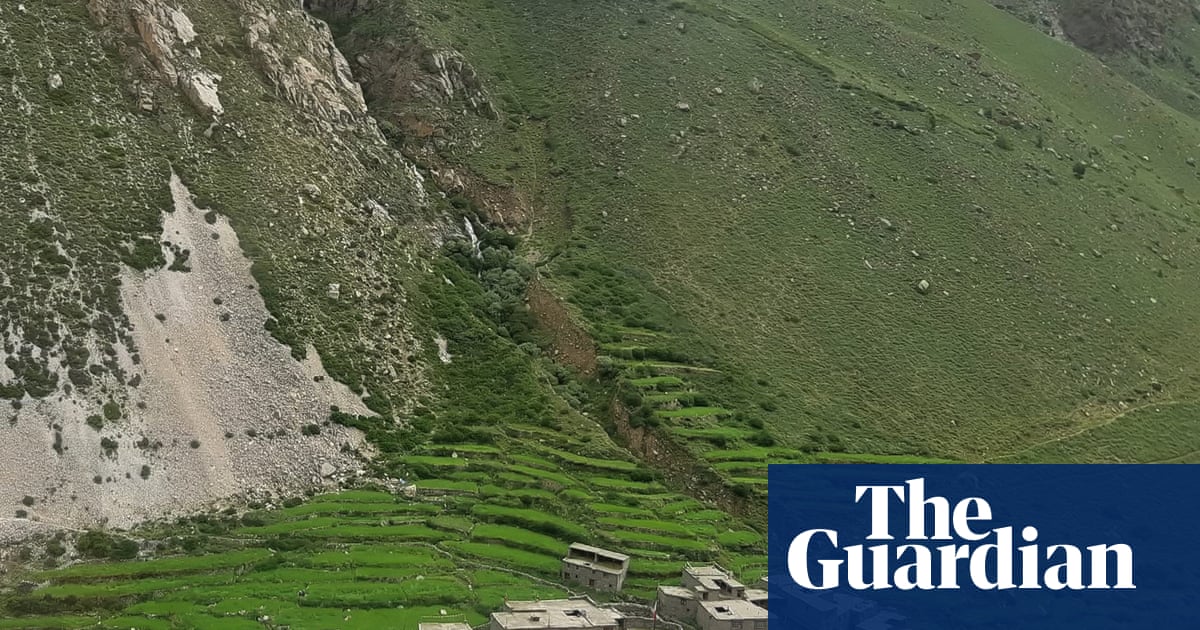
"On the night of 15 May this year, the usual quiet of the Himalayan village of Til in the far north-west of Nepal was broken by a strange rumbling. Pemba Thundup came out of his house, barefoot, to see a deluge of earth, water and rocks coming down the mountainside towards the flat-roofed mud houses. The whole village was soon awake and, carrying the elderly people on their backs, members of 21 families scrambled to safety in a nearby field."
"After two weeks of sheltering in tents, with no sign of any government help to rebuild or resettle, they reluctantly moved back into their broken homes, but unanimously agreed to leave the centuries-old settlement for a safer location by the end of the year. The idea of abandoning the village would have been unimaginable a few years ago. For centuries this small, resourceful community has weathered epidemics, natural disasters and geopolitical upheavals while preserving a rich cultural heritage. But the uncertainty brought by the changing climate may be the death of it."
On 15 May a rumbling in Til triggered a deluge of earth, water and rocks that sent villagers fleeing to a nearby field. Twenty-one families carried elderly residents to safety and sheltered in tents for two weeks with no government assistance. Families returned reluctantly to broken homes and agreed to relocate to a safer site by year end. The Limi valley, about 100km south of Mount Kailash at roughly 4,000 metres, contains Til, Halji and Dzang and has been inhabited for at least 1,000 years. The valley peaked near 1,000 people in the 2000s. Residents speak Tibetan and protect ancient Buddhist monasteries.
Read at www.theguardian.com
Unable to calculate read time
Collection
[
|
...
]